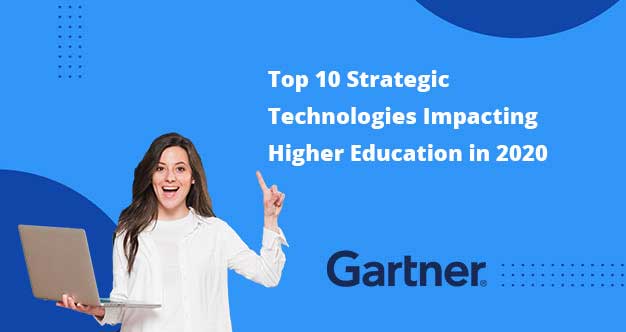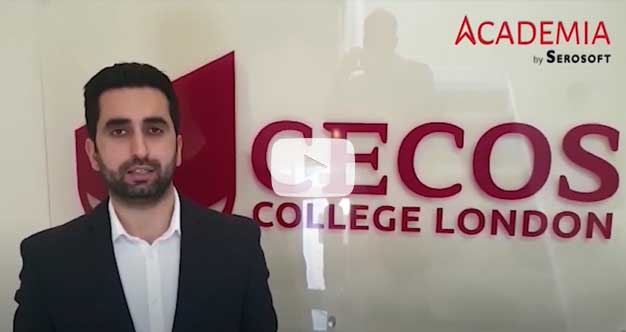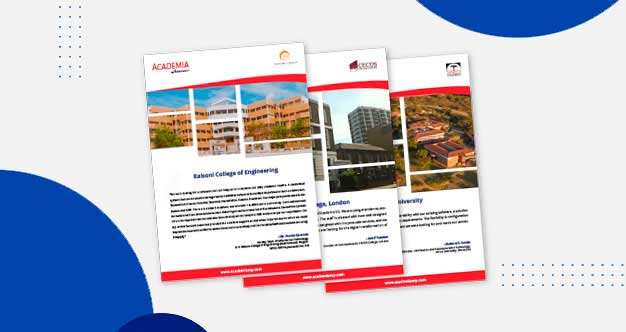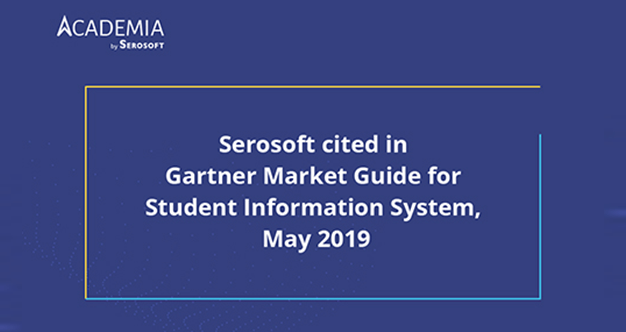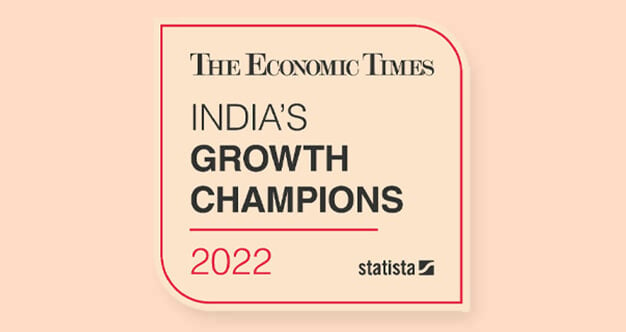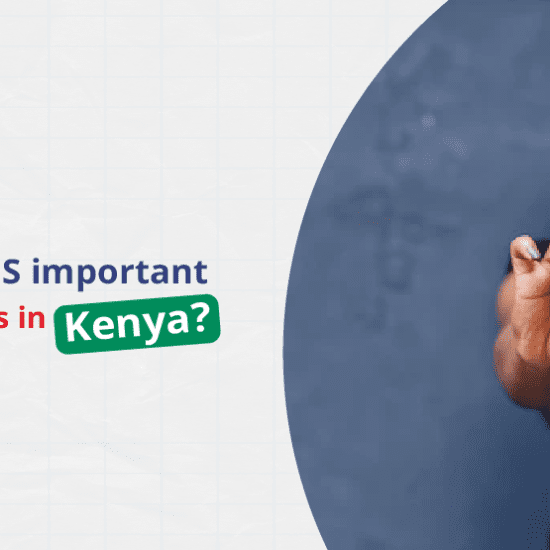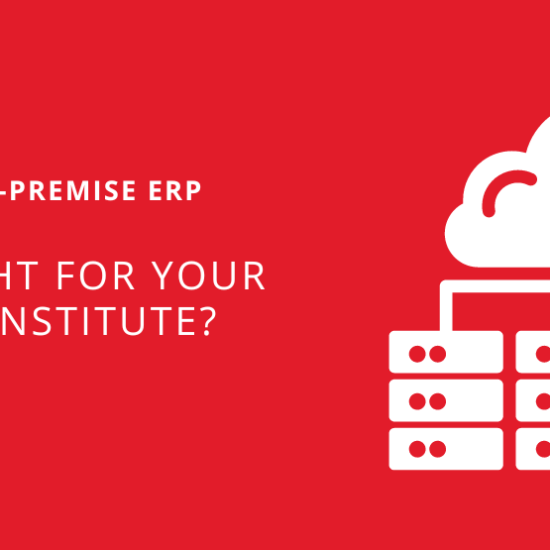Role of Predictive Analysis in the Education Industry
The education industry is undergoing some of the biggest changes in the past few years. Although the industry is embracing e-learning enthusiastically, the newfound challenges in the pandemic and post-pandemic era have completely jolted the industry. Institutes are now moving towards a tech-based evolution. An industry that dates back centuries and is known for not making many changes in its traditional format of operating is now looking up to technology for its various needs.
Right from student discovery to student retention and other nesting stages, technology has fused itself to every operative, academic, and organization task to restrengthen it. Tech-based solutions are helping in increasing accountability in people to improve knowledge retention and student experience. Institutes are using ERP or SIS (Student Information System) solutions for allocating resources and managing them better. Benefits in terms of better management and reduced cost are remarkable.
Going a step ahead, not only tech adaption is improving the functioning of the institutes but also preparing them for future challenges. Predictive analysis allows educational institutes at all levels to learn from students, beneficiaries, and other stakeholders in the system to gain valuable insights and highlight industry trends. Not only does it gives them protection in harsh business scenario but also a competitive edge.
Predictive analysis
Predictive analysis is a process of crunching the data and gaining meaningful insights at all levels from various stakeholders in the system to devise useful strategies for better ROI and management.
Concerning the education industry, predictive analysis can help the management to make more informed decisions and effectively operate their institutes. It also helps in making strategic decisions around the student lifecycle and improves student experience by ten folds. It gives you a near-accurate prediction on what are the factors that may weigh down things for your institute. They can use this new knowledge and combine it with their experience and understanding to build a more sustainable system for things. In long run, improved decision-making can result in higher revenue, brand recognition, student retention, and more.
Not to be confused with a traditional analytical tool
Meanwhile, the traditional analytical tools are focused on providing you with a detailed analysis of things that have been done, a predictive analytical tool is forward-thinking and provides you with data-backed recommendations on things that are to be done next.
For any institute, what they do next in the future is as important as what they are doing now. The predictive analysis provides actionable insights and accentuates the confidence of people in the management to improve their decision-making.
Advanced predictive analysis tools use structured and unstructured data and statistically analyze various functions and operations of the institute. Furthermore, it mines data and does predictive modeling to uncover hidden patterns and associated connections between various functions and outcomes to prepare personalized recommendations.
Moreover, predictive analysis is a tool that allows you to go beyond just the academic and organization data. It allows you to capture elements that help you understand the user participation, response, and activities through the online portal, mobile applications, and various touchpoints and triggers in the digital system. It can also use big data to tell trends and give you a 360-degree view of the institute’s performance and recommend strategies to improve.
Evolution of Predictive Analysis in Education
Like any other industry, the education industry too has its unique needs, and technology if not personalized doesn’t serve its purpose. The evolution of predictive analysis in the education industry has given rise to systematic improvements in the education sector also, institutes are seen using existing data to gain insights on the present and future performance of education organizations as a business in terms of monetary gains and sustainability.
Today, predictive analysis is not only being used for bigger aspects of the education industry such as the number of admissions but it is also used in predicting student success. Student success is a key indicator in the system, all the other factors mapped to it are taken under consideration in advanced predictive analytics tools to ensure business longevity and performance as a whole.
Bid adieu to human errors
Traditionally data collection, collation, and analysis were done manually but the process is now redundant due to two major reasons. First, organizations had to dedicate resources primarily to this job and it was time-intensive and costly. Secondly, human intervention is prone to errors that may result in data discrepancies. Thus predictive analysis is a more viable and practical solution.
Unique Usecases of Predictive Analysis in Academia ERP Solution
Academia is an advanced ERP/SIS software that provides dedicated solutions for schools, colleges, universities, and training institutes. We offer highly configurable software solutions that can be easily customized to meet your needs. Using Academia you can manage your academic, organizational and operational tasks easily. Furthermore, the product offers you a great user experience on mobile and web platforms, it is a secure solution that allows remote working.
As a high-end software solution, we understand the importance of predictive analysis in the modern business environment. And have utilized it to its potential to develop amazing solutions for some of the biggest institutes located globally. Connect with us to know more about Academia and how we can help you manage your institutes better.
Here are a few use cases of predictive analysis in Academia.
1. Predicting Student Performance
One of the biggest challenges for faculties and management is to identify students that are lagging behind. Holding examinations quarterly or half-yearly does not provide much scope for performance evaluation and improvements.
Academia ERP/SIS solution uses historical data of the students and creates a data modeling to provide you a close to accurate analysis of the student performance. Taking it a step ahead, it also helps in analyzing the performance of the class as a whole through a group analysis.
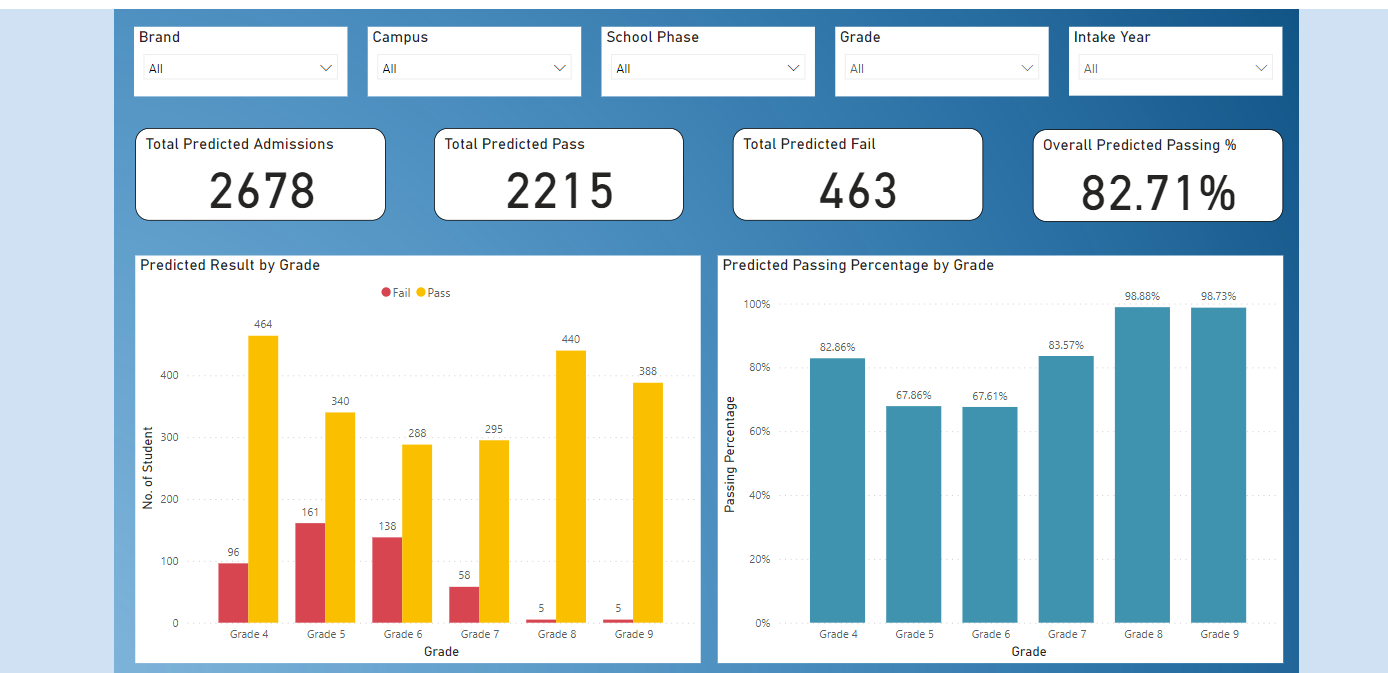
Group analysis of the students to provide a class-wise prediction.
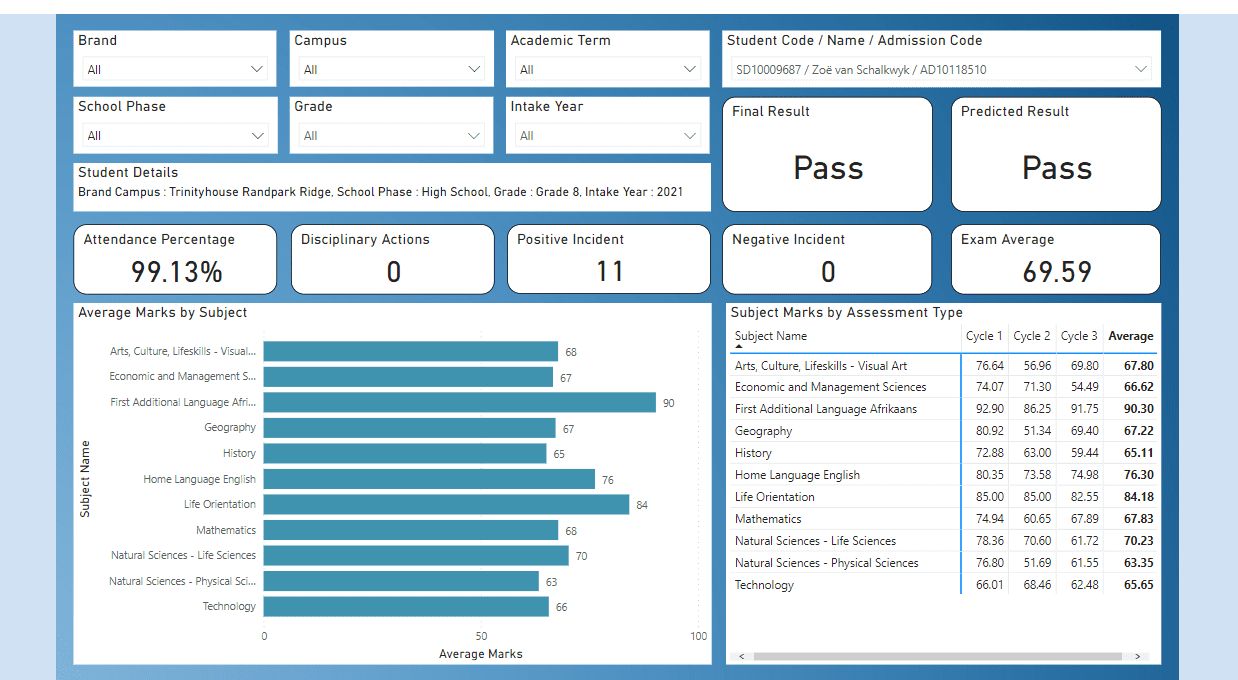
Individual analysis of the students to provide a student-wise prediction.
With an accuracy rate of ~90%, Academia is one of the finest education ERP solutions globally that statistically analysis a wide range of factors to provide a near-close prediction on students that may fail due to internal and external factors. The same goes for group analysis.
Using the tool, schools, colleges, and universities can focus on student performance individually and identify the markers in the system that are causing the performance degradation in student performance. This helps them to take actions that improve student performance and drive them towards excellence.
2. Application Conversion Prediction
The drop rate in the stage from application to admission is a huge challenge for the education industry. With the limited available information about the students, it becomes very difficult for the organizations to identify the factors that are causing the drop rates to shoot up.
With historical data analysis, the Academia ERP/SIS takes into account various factors to identify the major causes of the drop rates. Also, it provides useful insights and information to the counselors to guide students correctly and convert the applicants into students. The system being highly configurable, can be utilized by any institute easily to devise their own metric to identify applicants that are more likely to become a student in their organization and also fight off drop rates more efficiently. It gives them a major strategic advantage to increase their revenue for longevity.
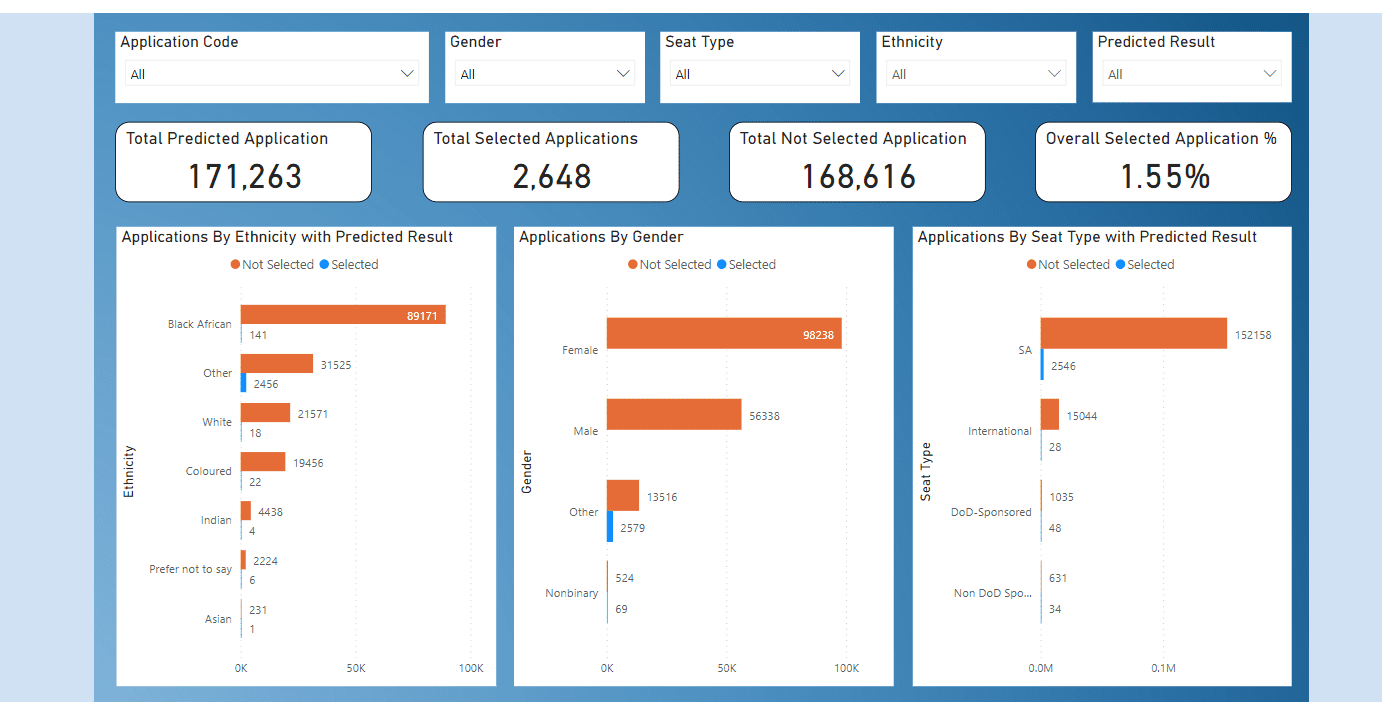
Predicting Admission Rate by Demographic Analysis
Way forward
The growing competition in the industry requires a fast-paced solution that does not take much time but does the job in minutes and provides real-time updates along with greater data visualization. Owing to the new needs, the predictive analysis provides you the required support to manage your institutes better and support students in improving their performance. Student-side benefits such as improved transparency in the system and adaptive learning allow them to excel in their studies and increase their participation in the online and classroom learning scenarios.
Tech-based solutions generate tons of data every day. Realizing the true potential of this data to devise meaningful strategies can help the organization in improving its market positioning. Operational and commercial decision-making can be backed with reliable data and prescribed suggestions from predictive analytical tools.
 Higher Ed Plans
Higher Ed Plans K12 Plans
K12 Plans
